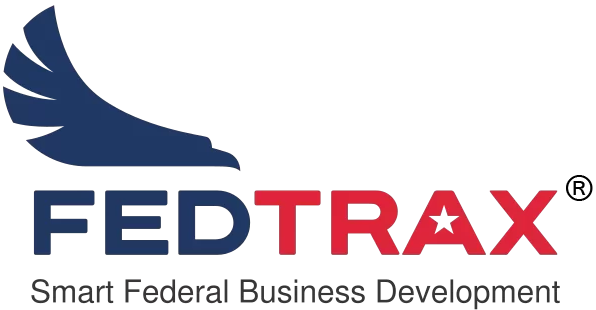
We’ve all seen sit-coms showing nerds at Star Trek or Lord of the Rings Conventions, laughing at the esoteric, inside-baseball, goofy factoids that everyone in attendance knows about and the audience doesn’t. That super-geek behavior is what makes it funny. They’re talking their own special language of techie pop-culture, yet it is Greek to the rest of us. If you’re company is selling technology products and services, and that is a lot of firms these days, beware your sales approach to the buyer who isn’t as up to speed on the hi-tech bells and whistles as you have become. You might seem just as alien as the Hobbits from the TV convention, except it won’t be funny when you end up losing the sale.
This happens more often than not when well-versed technology sales engineers get past the high-tech user audience and need to pitch to the C-suite. Those real decision-makers speak a language of their own, and you need to learn it if you want them to start scratching out checks.
Know Your Audience
If you’re an IT guy or gal and you’re trying to find a market for your IT consulting services, the most comfortable people to speak with are other IT people. But you know that the pure IT person, the programmer, is rarely if ever the person that you need to persuade to buy your services. That usually goes to the next level, perhaps the CIO or a VP of Information Technology. The same goes if you are selling technology of any other kind–software, gadgetry, or digital marketing and business intelligence. Great technology salespeople know they will have to pass multiple gauntlets to get to a close, but it’s worthwhile because the numbers tend to be substantial.
Let’s already assume that the person you now need to motivate is integral to the decision process, so you need to deal with her. So here are the two things you need to know when you get to the C-Suite:
What level of technology level is she at? It’s helpful here to know where she came from, as in up the technology ladder to corporate success or from a business background. This puts some boundaries on how many deep dives you do into the “stuff” in order to make your point, and just how deep to go.
What is she being evaluated on? Align what you have with what the CXO you are talking to has for her primary motivation. She may be a technologist at heart, but now as CTO is being graded upon maintaining a budget and driving down costs.
Language Appropriate for Selling Technology
Here’s a brief note on language. In most technology sales, there is a ton of esoteric, insider acronyms and terminology that you as a successful professional are aware of. You need that when selling technology in a group format to pass muster with the experts on the customer team. When speaking to the C-Suite, cut down on the jargon and don’t be afraid to define all but the most industry basic buzzwords if you use them. To render complex technology easy to understand, and act upon, analogies and comparisons to everyday things work very well. This is usually only necessary when explaining how something works, like, “This works like the water flowing through your pipes at home…
What They Say vs. What They Want
By knowing your audience, you can start to read between the lines when selling technology. Many times executives with superb business skills but less ranging technical knowledge will get a salesperson talking tech features and function. It’s convenient and in his mind, he’s keeping it comfortable to you. You know, however, that the decision hinges on what he is evaluated on, be it operational expense, commonality with existing systems, etc. Never ignore direct questions on the technology, to be certain, but based upon the chief motivator of the prospect in front of you, you’ll have a better idea when to pivot and transition to benefits that alleviate problems or make him look good.
Use the Technology to Transition to Value
Of course every salesperson is trained to find the pain of the prospect. In large technology sales, you wouldn’t even be talking to the C-Suite if there wasn’t some level of problem that needed fixing, or things that could be done better. At the C-level, these usually center on money, saved or earned, time and operational savings, or reducing heartburn and doubt about the current way things are done. In your discovery process, sometimes a direct approach works best by asking why your company is being considered at this time. Don’t assume you know the answer. Let the CXO tell you. Your discussions with people in other levels of the organization may have revealed this already, but verifying your current knowledge never hurts.
Rarely will a top executive who is concerned about solution cost buy a more expensive solution. So what do you do if you’re priced at or above their current state solution? Here’s where it gets fun. Most CXOs talk about cost but are often concerned with total value. I’ll assume your product is fairly priced for what it does, so if it is more expensive than the competition, it’s better in some way. Here is where you get to pivot and show where cost goes beyond purchase price, where your solution saves monthly operational expenses or reduces the need for manpower in another area. Then you translate that value to present day dollars (that’s a whole other article) and effectively lower your cost. A word of caution: this gets tricky if your tech solution provides value to other departments too, because the primary decision maker, no matter how much a company man, may not care that much. He’s trying to solve his personal problem.
You know that in a complex technology sale, you had better know about the prospect’s business and how your solutions fit into it. It’s also a multi-layered sale that requires finesse at various levels of an organization. By being conscious of your audience, using clear and concise language and giving it the value it needs, you make it easier to make the decision that you really want, and that’s committing to buy from you.
